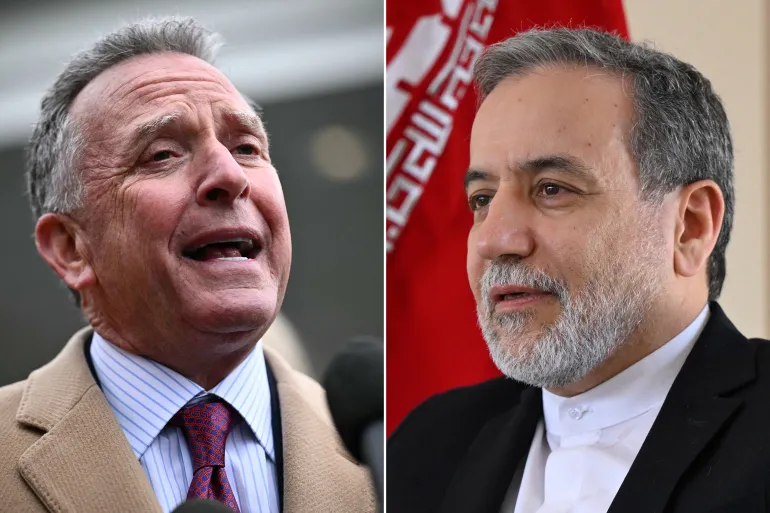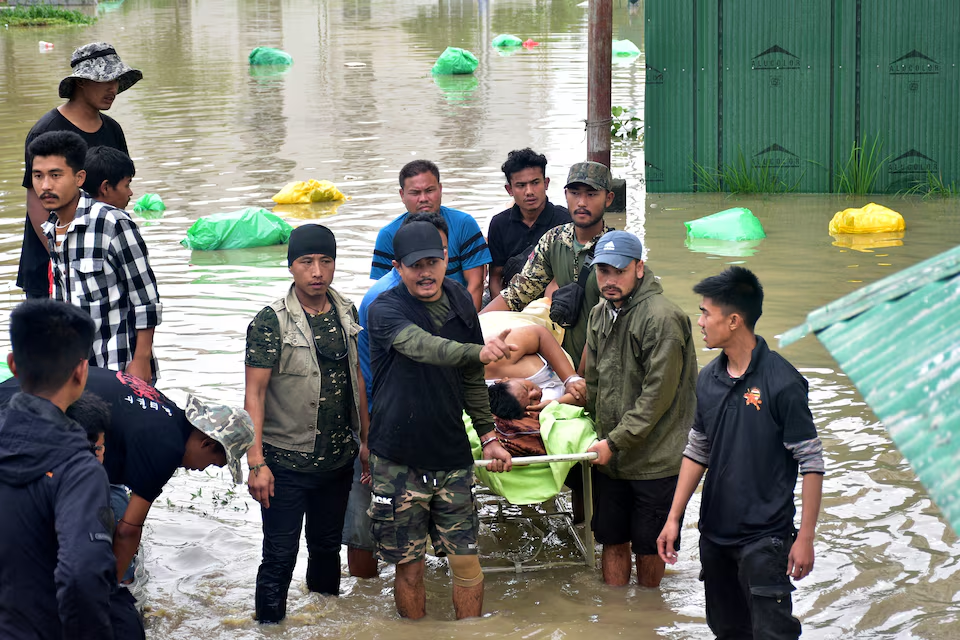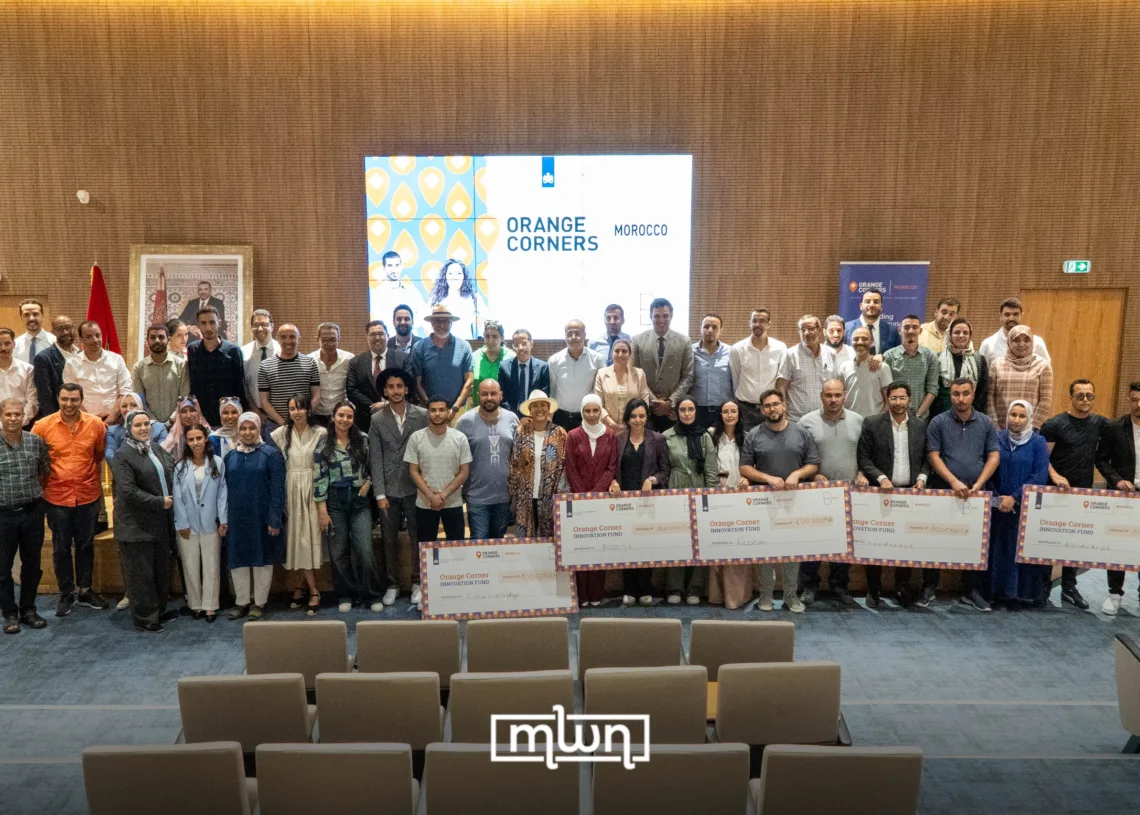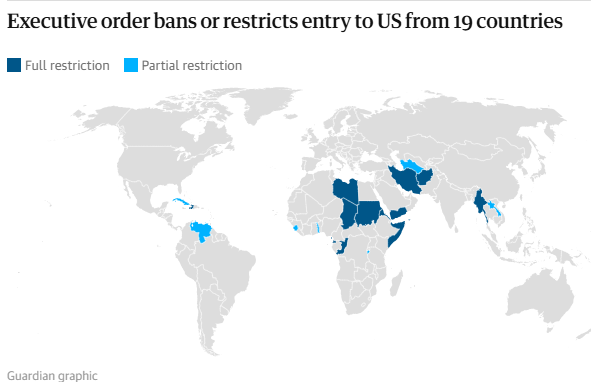The United States and Iran have resumed indirect nuclear talks in Oman, seeking to ease tensions and prevent a further escalation in the Middle East, though both sides remain far apart on key issues, raising doubts about the likelihood of a breakthrough.
According to diplomats familiar with the negotiations, senior envoys from Washington and Tehran engaged in European Union-mediated discussions this week, marking the first high-level contact between the two adversaries since late 2023. The renewed dialogue comes amid mounting concerns over Iran’s rapidly advancing nuclear program and its deepening regional entanglements.
While both parties have expressed interest in averting direct conflict, their red lines remain starkly opposed. Iran is demanding full sanctions relief and guarantees that the U.S. will not abandon the agreement again—something Washington is unwilling to commit to. The U.S., meanwhile, insists on verifiable limits on uranium enrichment and expanded access for international inspectors, which Tehran views as excessive and politically untenable.
“There’s very little overlap in expectations,” one Western diplomat told Reuters. “Both sides want to avoid war, but neither wants to make the first real concession.”
Iran has steadily increased its nuclear activity since the U.S. withdrew from the 2015 Joint Comprehensive Plan of Action (JCPOA) under former President Donald Trump. Tehran is now enriching uranium at levels just below weapons-grade and limiting cooperation with the International Atomic Energy Agency (IAEA), prompting alarm in Washington and among its European allies.
A recent IAEA report warned that Iran’s enriched uranium stockpile now exceeds the levels permitted under the JCPOA by over 20 times, and that key monitoring systems have been disabled.
U.S. officials say the Biden administration is still committed to diplomacy but is keeping all options on the table, including economic pressure and military deterrence. “We are pursuing every opportunity to contain the nuclear risk, but we will not accept an Iran with a nuclear weapon,” said a senior U.S. official involved in the talks.
Complicating matters is the volatile regional backdrop. Israel has repeatedly threatened unilateral action against Iran’s nuclear facilities, and tensions have escalated between Iran and U.S. allies in the Gulf over Tehran’s alleged involvement in supporting armed proxy groups in Iraq, Syria, Yemen, and Lebanon.
Iran, for its part, has sought to increase leverage by aligning more closely with Russia and China. It has also expanded its missile program and military cooperation with regional allies, fueling Western concerns that time is running out for a diplomatic solution.
Despite these obstacles, European mediators say they believe a partial agreement—or a “freeze-for-freeze” deal—remains possible. Such a deal would involve Iran halting further nuclear escalation in exchange for limited sanctions relief or the unfreezing of assets. However, such steps would likely face fierce political opposition in both Washington and Tehran.
In the U.S., bipartisan pressure is mounting ahead of the 2024 election, with Republicans demanding a tougher stance on Iran and Democrats divided over whether re-engagement is realistic. In Tehran, hardliners in parliament have publicly warned the government against trusting the U.S., accusing it of bad faith and betrayal.
For now, the talks are expected to continue quietly in the coming weeks, with neither side seeking to publicize progress—or failure—until more substantive movement occurs. But as Iran’s nuclear capabilities expand and diplomatic space narrows, the risk of miscalculation or military confrontation is growing.
“The clock is ticking,” said a European envoy. “And it’s ticking louder every day.”
Source: Reuters



